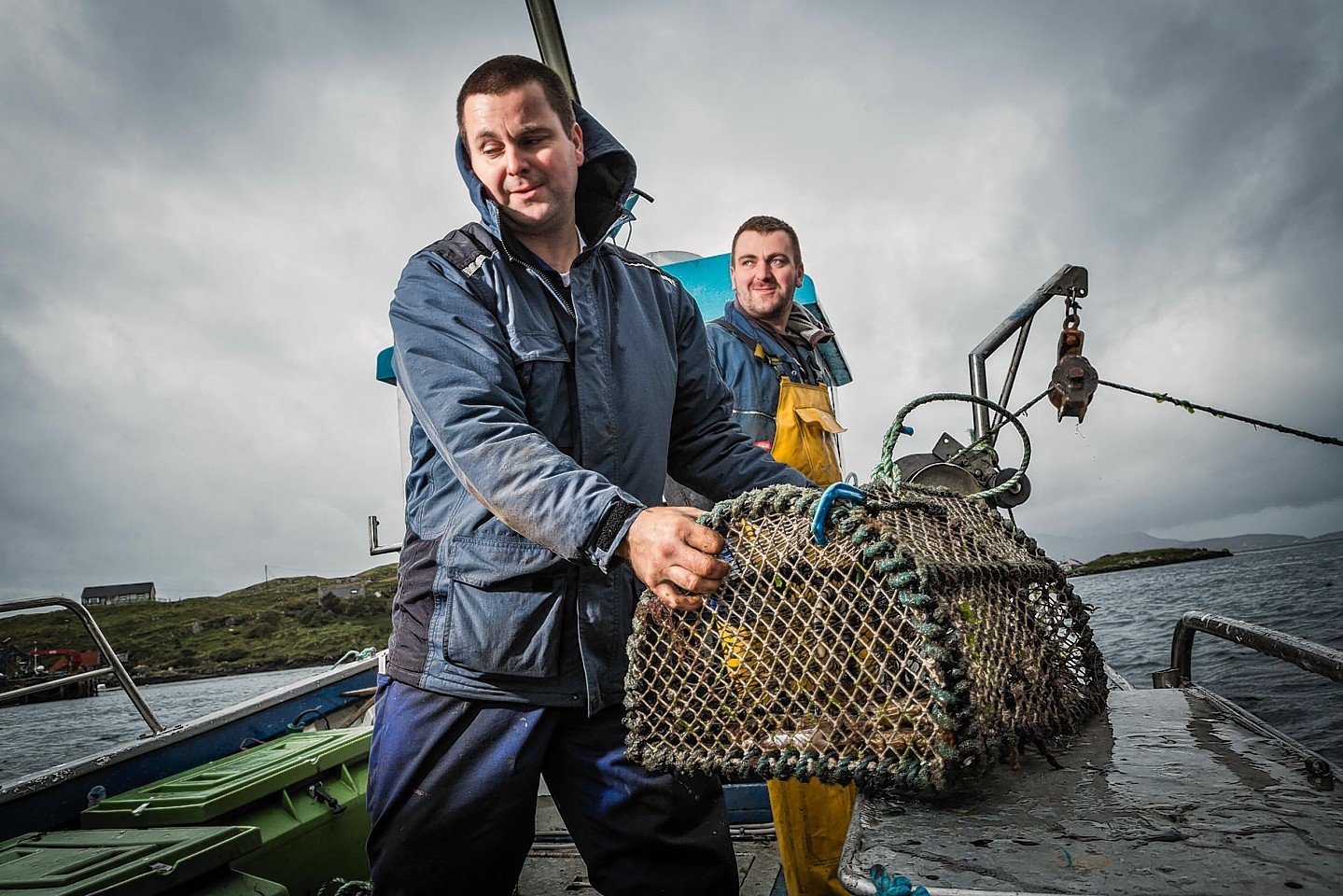Scottish marine scientists have secured up to £1.73million of funding to develop a new system for collecting and analysing data from the inshore fishing fleet.
The European Maritime and Fisheries Fund-backed project, led by members of the Marine Alliance for Science and Technology for Scotland (Masts) Directorate at St Andrews University, is expected to lead to a step change in coastal fisheries management.
Mark James, project coordinator and Masts operations director, said: “There are more than 1,500 inshore fishing vessels operating in Scottish waters.
“These fisheries represent an important part of the rural economy and the cultural fabric of our coastal communities.
“The fact there are so many small inshore vessels operating around our coast – often in remote areas – means that it has been difficult to gather data that we need to understand how this sector operates in terms of fisheries management, economics and its relationship with other users.”
Alastair Philp, skipper of the Skye-based creeler Nemesis and former vice-chairman of the North West Inshore Fisheries Group, said the development of automated data collection systems should help to relieve the current burden of paperwork.
He added he would also welcome “any vessel technology that will reduce gear conflict between fishing sectors and increase stock sustainability”.
As pressures on Scotland’s inshore waters grow, not just from fishing but also demands from the offshore renewables, aquaculture, leisure and tourism sectors, accurate information on these activities is needed by the Scottish Government to inform marine planning.










